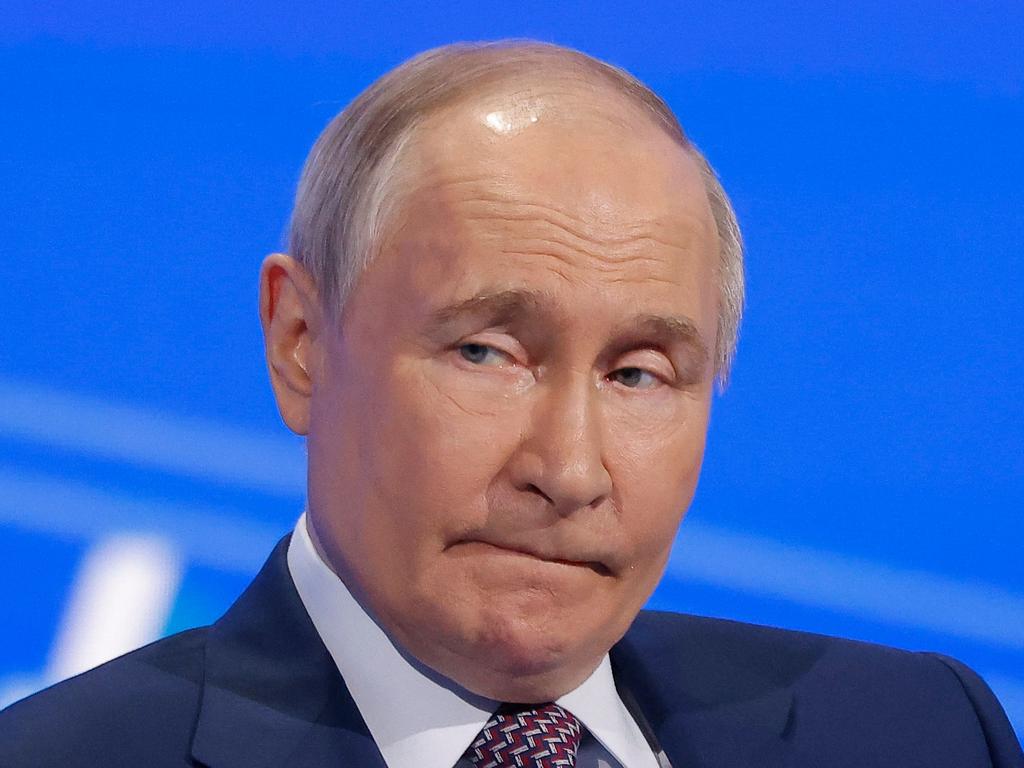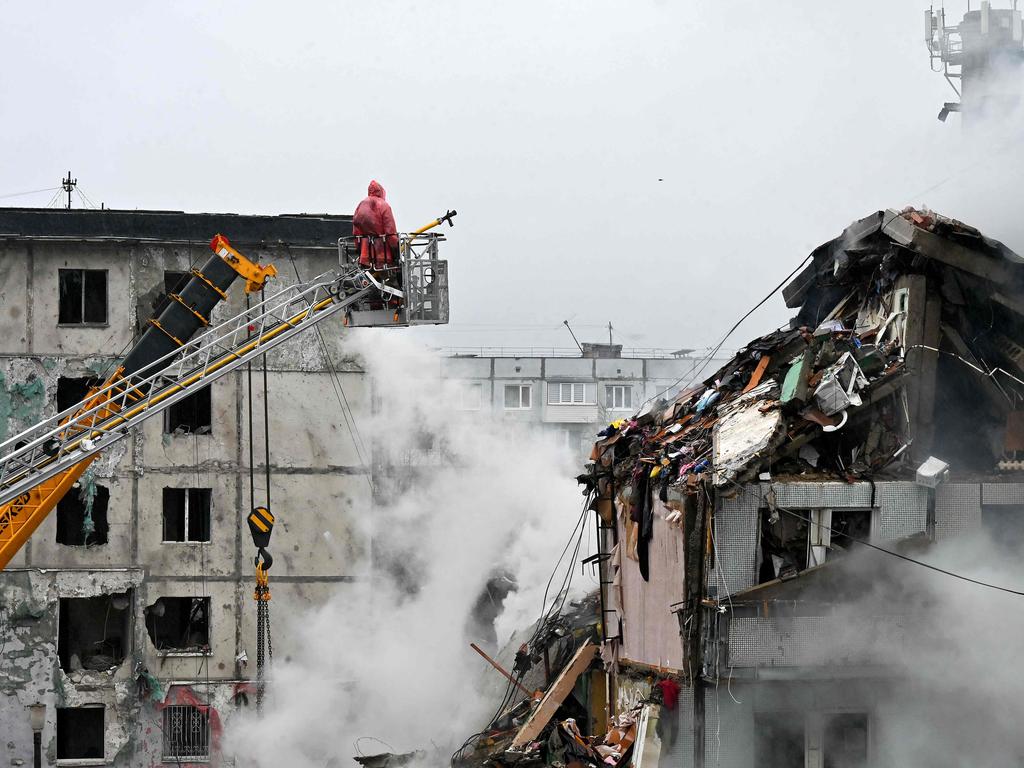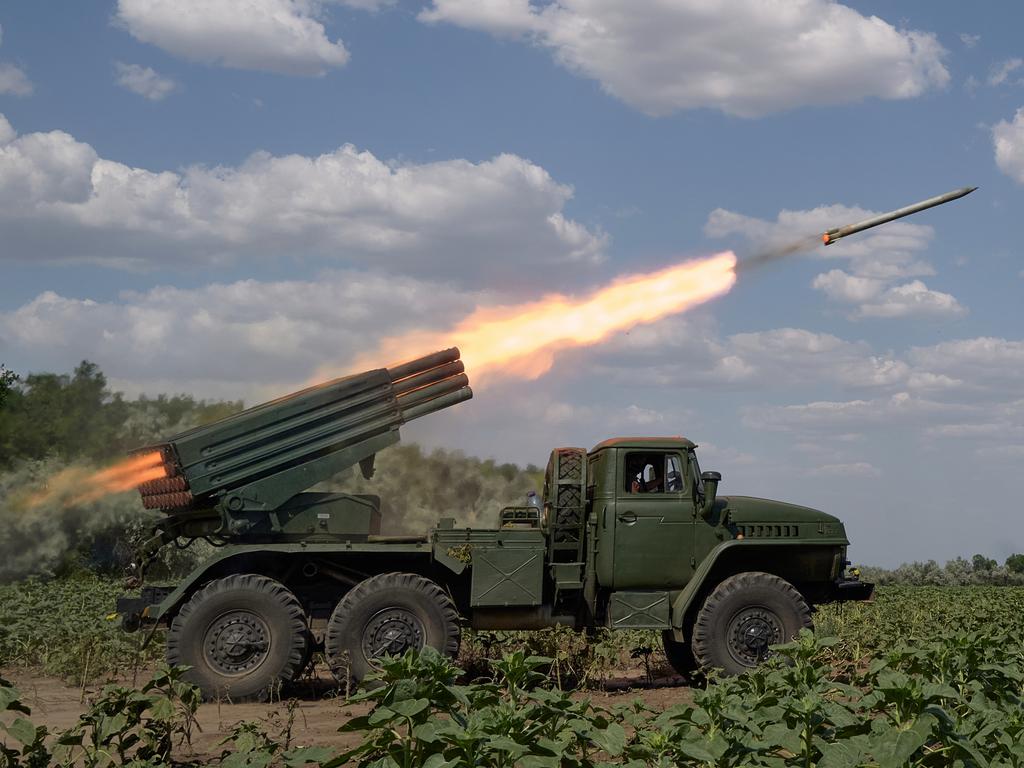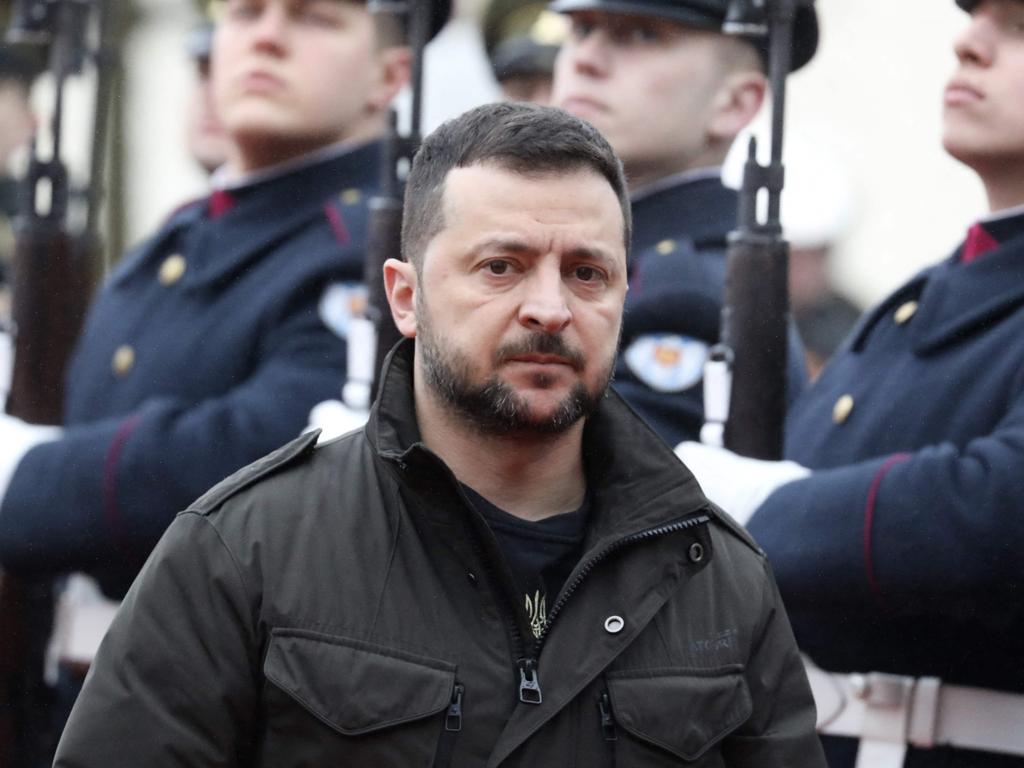
Four countries have lifted restrictions on Ukraine’s strikes on Russia, three years into the war
Four nations have confirmed a massive escalation three years into the Ukraine conflict - and it’s bad news for Moscow.
For the first time since Russia’s full-scale invasion of Ukraine began in February 2022, Ukraine has been given the green light to use Western-supplied long-range weapons inside Russian territory.
Even as optimism over a ceasefire deal slowly mounts, key figures in the EU have remained adamant that the Russian threat must be contained.
The tension and uncertainty over the true extent of Vladimir Putin’s ambitions is clearly rattling cages.
Earlier this month, a report from The International Institute for Strategic Studies warned Russia could be in a position to threaten NATO nations within two years if it is allowed to rebuild its military.
German Chancellor Friedrich Merz confirmed the escalation this week, stating that “there are no longer any restrictions on the range of weapons delivered to Ukraine – neither by the UK, France, nor us. There are no restrictions by the US either.”
In other words, the gloves are off.

The comment marks a considerable escalation from the West. Previously, missiles such as the British-French Storm Shadow and SCALP, as well as US-supplied ATACMS, came with strings attached.
Ukraine was expected to use them only within its own occupied territories.
But with Russia continuing its assault on Ukrainian cities and infrastructure — and with Ukraine’s capacity to strike back strategically hampered — Western leaders appear to have recalibrated.
“Ukraine can now defend itself, for example, by attacking military positions in Russia. Until recently, it couldn’t do that,” Chancellor Merz said.
But why now?


The shift in policy hasn’t come out of nowhere, but the timing raises questions. Why wait three years and after tens of thousands of deaths to authorise strikes beyond Ukraine’s borders?
The initial reluctance stemmed from fears of provoking a broader war with Russia — a nuclear state whose doctrine explicitly allows the use of tactical nuclear weapons in response to existential threats.
But as the war has dragged on and Russia has intensified its bombardment of civilian targets, including kindergartens and hospitals, the political appetite to continue tiptoeing around the Kremlin’s red lines appears to have waned.
For more than a year, Russia has launched missile and drone attacks into Ukraine from positions just over the border, effectively exploiting NATO’s restraint.
The move will likely spur on pro-Russian voices in the media, who have long claimed the West is using the Ukraine conflict as a proxy war to deplete Moscow of resources without openly declaring war.

Russia could strike EU ‘as early as 2027’
The IISS report suggests Russia’s ability to mount a credible challenge to NATO could return as early as 2027, particularly if US President Donald Trump succeeds in securing a ceasefire in Ukraine and winds back Washington’s support for the alliance.
This suggests that a lapse in full-tilt warfare would allow Russia to re-establish their battered military and position for another move.
Reports have repeatedly claimed Russia’s land forces have been severely depleted in Ukraine, with thousands of tanks and armoured vehicles lost.
Nonetheless, US European Command chief General Christopher Cavoli says that Russia is already on track to replenish its arsenal.
Putin’s pledge last year to boost active military personnel to 1.5 million is part of that effort.
The IISS report asserts that Russia could rebuild its ground forces to pre-war levels within two years — especially if it shifts to a lower-tech, high-volume model reminiscent of Soviet-era armies.
It warns of “a significant military challenge to NATO allies, particularly the Baltic states, as early as 2027”.
While such a force would lack NATO’s technological edge, it could still pose a serious challenge.
French President Emmanuel Macron and EU foreign policy chief Kaja Kallas have echoed similar concerns, warning that Russia’s military ambitions extend beyond Ukraine.
“It’s a question of when they will start the next war,” Kallas said last year.
For now, international efforts continue to weave through the diplomatic minefield that comes with ending an incomprehensibly complex conflict that has stewed for decades.
But there are signs of movement. Ukrainian President Volodymyr Zelensky recently revealed he is heading to Istanbul for possible direct talks with Vladimir Putin, after the Russian president unexpectedly signalled interest in reviving the long-dormant Istanbul peace track.
Meanwhile, Trump has grown increasingly frustrated at the pace of negotiations and has hinted at walking away if progress isn’t made. One of his major campaign promises was to end the war immediately, mostly to avoid the rapidly multiplying bill for assisting Ukraine.
While Ukraine agreed to a full 30-day ceasefire in March, Russia has yet to reciprocate.




